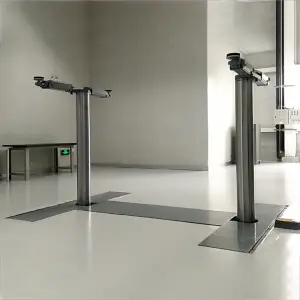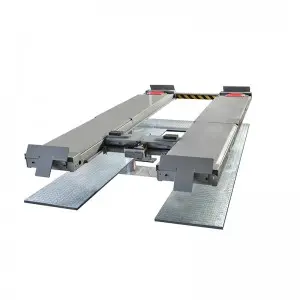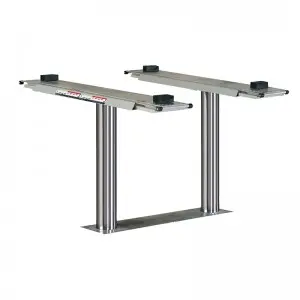
The Many Uses of Cylinders: From Engines to Drinks
Cylinders are one of the most versatile shapes in engineering and everyday life. From the pistons in car engines to the glasses we drink from, cylinders come in many shapes and sizes to fit different purposes. In this article, we’ll explore some of the many uses of cylinders and how they work.
So, what is a cylinder? A cylinder is a three-dimensional shape with two parallel bases that are circles or ovals, and a round or rectangular side that connects them. Cylinders are commonly used in engines, pumps, hydraulic systems, and other machinery that involves pressure or movement. They can be made of metal, plastic, or other materials depending on their intended use.
One of the most common uses of cylinders is in car engines. The engine block contains several cylinders with pistons that move up and down to convert fuel into motion. Each cylinder has a hollow space where the piston moves, and the fuel is ignited by a spark or compression to create power. The number of cylinders and their arrangement determine the engine’s size, horsepower, and efficiency.

The Many Uses of Cylinders: From Engines to Drinks

The Many Uses of Cylinders: From Engines to Drinks
Cylinders are also used in hydraulic systems to transmit force and control movement. Hydraulic cylinders have a piston that moves back and forth inside a closed tube, filled with hydraulic fluid. When pressure is applied to one end of the cylinder, the fluid moves the piston in the opposite direction, creating a mechanical force. Hydraulic cylinders are used in cranes, bulldozers, excavators, and other heavy machinery that requires high power and precision.
In addition to mechanical and engineering uses, cylinders have also found a place in our daily lives as drinking glasses. Glass and plastic cylinders are often used for serving drinks, such as water, juice, or cocktails. These cylinders are usually clear, allowing you to see the liquid inside and any embellishments like fruit slices or ice cubes.
Cylinders are also used in laboratory equipment, such as graduated cylinders for measuring liquids or gas cylinders for storing and transporting compressed gases. Most of us have seen oxygen or propane cylinders used for welding, heating, or camping. These gas cylinders have a curved shape to hold the pressurized gas safely and efficiently.
Cylinders even have a place in the world of art and design. Cylinder shapes can be found in furniture, lighting fixtures, and architectural features. Some modern buildings have cylindrical shapes as a way to maximize space and create a unique aesthetic.
In conclusion, cylinders are one of the most versatile shapes in engineering and everyday life. From engines to drinks, hydraulics to art, cylinders have a wide range of uses and applications. Understanding how cylinders work and their various purposes can help us appreciate their function and beauty. So next time you drink from a cylinder-shaped glass or use a hydraulic cylinder, take a moment to appreciate this simple yet essential shape.Inground lift




